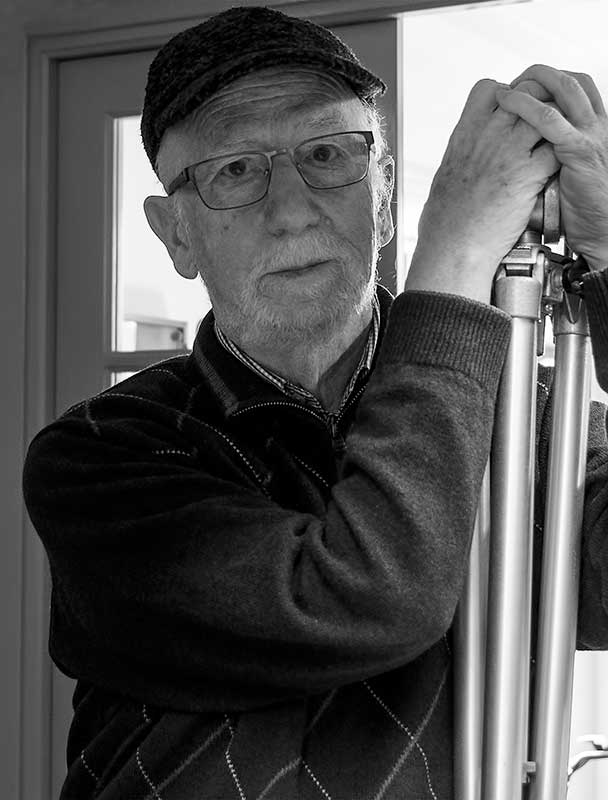SANT CUGAT DEL VALLÈS, 1942 Carles Cabanas

Carles Cabanas seeks simplicity, and above all, to reach a synthesis, using few elements, but these few elements are full of suggestions
.
He uses a theme created through everyday elements, those that everyone sees but to which, many times, we do not give them any importance.
Carles’ father, Joan Cabanas -the first professional photographer in Sant Cugat-, died when he was nine years old, so he did not have time to teach him the trade.
At the age of fourteen he joined the photography work that the family continued, learning from the books his father had and experimenting with the practice.
After some time, one day taking some pictures for an assignment, he accidentally realized that with the camera he could do much more than look through the viewfinder and press the shutter; I could also play with the framing, with the lights and shadows to achieve a more artistic result.
And from then until now.
CARLES CABANAS, PROFESSIONAL PHOTOGRAPHER
by Rosa M. Peris i Sorolla
His work can be placed within that landscape tradition, which here in Catalonia we make our own. However, it is necessary to clarify that in his taste for recreation in landscapes, there is a completely current treatment.
The theme that he uses is a theme created through everyday elements, those that everyone sees but that, however, many times we do not give them any importance. He sees them, they show him full of suggestions, on an impulse he has already perceived them with his camera, he has already made them his own. Later, once he sees the result, he can analyze them, and those topics that at a given moment made him a kind of call, continue to suggest new meanings; It is a path that has no end.
These suggestions can be very different for the artist and for the viewer, on this fact he is in full agreement. Following this same idea, we see that his works do not have a title, he does not believe that any attempt should be made to clarify some elements that perhaps by themselves already make themselves understood.
I have spoken of the everyday, and we must add the simplicity of his works, he especially likes the work with lines. Marking them in a very clear way within the compositions that he establishes, often even leaving the volumes in the background.
With these clearly defined lines, what he is looking for is simplicity, and above all, reaching a synthesis, using few elements, but that these few elements are full of suggestions.
Basically, they are realities treated in a creative way, trying to achieve suggestive works that lead us to different readings every day, when we face them.

